“A more perfect agent for the devising and execution of conspiracies against church or state could scarcely have been conceived.”
― Charles Francis Adams, Letters & Addresses on Freemasonry (1875)
The Wolves Within is a must-read for every believer who refuses to be deceived.
Hit the Tip Jar and help spread the message!
This post contains affiliate links, which means I may receive a commission or affiliate fee for purchases made through these links.
Unlock the mysteries of Biblical cosmology and enrich your faith with some of the top rated Christian reads at BooksOnline.club.
Click the image below and be sure to use promo code SCIPIO for 10% off your order at HeavensHarvest.com: your one stop shop for emergency food, heirloom seeds and survival supplies.
Related Entries
In the late summer days of 1826, beneath the tranquil façade of Batavia, New York, a disturbing series of events unfolded that would not only terrify but also profoundly transform the American consciousness. This quiet rural town became the center of one of the most audacious conspiracies ever executed upon American soil — a far-ranging conspiracy coordinated by Freemasons determined to silence one man's voice forever.
The murder of William Morgan was not simply a crime of passion: it was, in every sense, a meticulously orchestrated conspiracy.
That Freemasonry was a powerful, organized force in early American politics is beyond dispute, and its dark spiritual roots is a subject this publication has documented at length. At one point, the order commanded the loyalty of some 200,000 men, forming an intricate web of influence across political parties, courts, and the clergy. As former President John Quincy Adams noted (emphasis mine):
… by organized lodges, a body of at least two hundred thousand men scattered over the whole Union — all active and voting men, linked together by secret ties for purposes of indefinite extent; bound together by oaths and penalties operating with terrific energy upon the imagination of the human heart and upon its fears; embracing within the penalty of its laws the president of the United States and his leading competitors ; and winding itself round every great political party for' support, like poisonous ivy round a sturdy oak, and round, every object of its aversion like the boa-constrictor round its victim. …
Commanding despotically a large portion of the public press, intimidating by its terrors multitudes of others, and amid all its internal dissensions uniting with the whole mass of its power against every common adversary, one of the most alarming and pernicious characters in which it now presents itself, is that of its political dominion.
— Letters & Addresses on Freemasonry (1875), Pg. 67
With vast legal and political power at its disposal, Masonry was and remains an institution with a frightening degree of control over the course of our politics and jurisprudence.
As the historical record bears out, the execution of William Morgan was nothing less than the enforcement of Masonic law against a traitor who dared to expose its bloody oaths and mysteries. William Morgan's lodge affiliation, despite Masonic obfuscation, is well-documented. He was a Royal Arch Mason, initiated at Western Star Chapter No. 33 in Le Roy, New York, in 1825 — an event recorded in their minutes. The Royal Arch Degree, considered the pinnacle of the York Rite and a stepping stone to Knights Templar, roughly corresponds to the 30th or 31st Degree of the Scottish Rite. His Masonic standing was acknowledged until he threatened to expose their secrets, at which point the fraternity conveniently "forgot" his credentials.
Morgan’s offense was singular, and for that crime, he would pay with his life. A former Freemason himself, he had made the fatal decision to reveal the hidden rites of the brotherhood in a book, Illustrations of Masonry. While other critics of the Lodge, some of whom were Masons themselves, had written on the subject, Morgan’s expose was uniquely damning precisely because he had taken the oaths himself and was prepared to provide unfiltered access to the rites and penalties that Masons swear never to reveal — upon penalty of death.
Thusly, the reaction of the Lodge was immediate. If his book were to be printed, it would not merely expose its rituals but also demonstrate the powerlessness of the oaths themselves. This was a crime that, in the eyes of the Craft, could not go unpunished.
Charles Francis Adams, in introducing the authoritative collection of his father's letters on the Masonic institution, enumerates the coordinated tactics employed against Morgan before his murder:
1. Anonymous denunciation of the man Morgan, as an impostor, in newspapers published at Canandaigua, Batavia, and Black Rock, places at some distance from each other, but all within the limits of the region in which the subsequent acts of violence were committed.
2. Abuse of the forms of law, by the hunting up of small debts or civil offenses with which to carry on vexatious suits or prosecutions against the two persons heretofore named.
3. The introduction of a spy into their counsels, and of a traitor to their confidence, employed for the purpose of betraying the manuscripts of the proposed work to the Masonic lodges, and thus of frustrating the entire scheme.
4. Attempts to surprise the printing-office by a concerted night attack of men gathered from various points, assembling at a specific rendezvous, the abode of a high member of the order, and proceeding in order to the execution of the object, which was the forcible seizure of the manuscripts and the destruction of the press used to print them.
5. Efforts to get possession of the persons of the two offenders, by a resort to the processes of law, through the connivance and co-operation of officers of justice, themselves Masons. These efforts failed in the case of Miller, but they succeeded against Morgan, and were the means by which all the subsequent movements were carried into execution.
6. The employment of an agent secretly to prepare materials for the combustion of the building which contained the printing materials known to be employed in the publication of the book and to set them on fire.
— Letters & Addresses on Freemasonry (1875), Pg. 19-20
Such methods culminated in absurd charges against Morgan — most notably, petty larceny. It was this last element — the ability to manipulate the courts — that proved to be Morgan’s undoing.
— William Morgan, ill. by Unknown.
The conspiracy to silence him reached the very heart of the local judiciary. Adams recounts how Morgan’s Masonic malefactors abused the legal system to achieve their aims:
On Sunday, — of all the days in the week — the tenth of September, 1826, the coroner of the county of Ontario, himself master of the lodge at Canandaigua, applied to a Masonic justice of the peace of that town for a warrant to apprehend William Morgan …
— Letters & Addresses on Freemasonry (1875), Pg. 21
The charge? Petty larceny — the alleged theft of a single shirt and cravat. The accusation, it would turn out, was as ridiculous as it was fraudulent. Yet it provided the necessary legal pretense to bring Morgan into custody and set the final phase of his destruction into motion. Morgan was quickly arrested as the local Masons looted his house in search of his manuscript. When this trivial charge inevitably fell apart, another equally frivolous charge surfaced — a two-dollar tavern debt — ensuring Morgan’s continued incarceration.
With Morgan securely locked away, the final act of Masonic vengeance could begin. On the night of September Eleventh, a group of men arrived at the jailhouse and paid his debt in full. But this was no act of charity. The moment Morgan stepped onto the street, hands in the dark seized him as a carriage arrived outside the courthouse. He was forced inside as the carriage quickly raced off to locations unknown.
What happened in the hours and days that followed was the culmination of a conspiracy so vast and so well-coordinated that it beggars belief to suggest that this was merely the zealous acts of a few rogue Masons. As later investigations would reveal, the carriage carrying Morgan traveled over 100 miles, stopping at six separate locations along the way — each time greeted with fresh horses by local Freemasons who stood ready to aid in this dark deed. Each step of the way, local Masonic lodges provided the logistics necessary to ensure the abduction remained undisturbed. From Canandaigua, he was transported to Rochester, then to Lewiston, and finally, to the desolate confines of Fort Niagara — a military installation that had long been abandoned, its darkened halls now serving as the final prison of the man who had dared to break the Masonic code. There, at the edge of the rushing waters of the Niagara River, the fate of William Morgan was sealed.
Lots were cast to determine who would carry out the deed.
Morgan was bound.
Weights were fastened to his feet.
Under cover of night, he was rowed to the middle of the river.
And then, as the cold waters of the Niagara swallowed him whole, the Masonic fraternity exacted its ultimate penalty.
“We are indeed engaged in a fearful warfare, with the wise, the wealthy and the powerful of the earth, and, I have little doubt, with the Prince of Darkness himself.”
— Joseph Ritner, Governor of Pennsylvania (1835-1839) & Anti-Mason
The murder of William Morgan should have been the end of Freemasonry’s presence in America.
The exposure of such a brazen and calculated crime, carried out under the direct orchestration of a secret society operating above the law, should have led to a complete and total reckoning. But the aftermath of Morgan’s disappearance proved to be just as damning as the crime itself. The very institutions designed to protect justice and uphold civil society instead moved to shield the guilty parties and obstruct the truth.
DeWitt Clinton, then governor of New York, former U.S. senator, and high priest of the General Grand Chapter of the United States, was amongst the most powerful Masons in the country. He had, at one point, presided over both the state government and the most influential Masonic organization in America. If any one man embodied the merger of Freemasonry and public office, it was Clinton. The fact that his name was whispered in connection with Morgan’s disappearance only reinforced what many already suspected — that the highest levels of Masonry had signed off on the murder.
Then there was Edward Livingston, future Secretary of State and General Grand High Priest of the Royal Arch Masons. Livingston, fully aware of the Morgan Affair and the national scandal it had caused, had the audacity to accept the highest Masonic office in the country whilst serving in the U.S. government. His policy of silence on the Morgan Affair spoke volumes. When John Quincy Adams challenged him in a series of scathing letters, he refused to respond. Livingston knew that answering truthfully would confirm what Anti-Masons had been saying all along — that the government had been thoroughly infiltrated by men who swore allegiance to the Craft over the Constitution.
— The Abduction of William Morgan, ill. by Unknown.
From the moment Morgan was abducted, the legal system moved not to punish the perpetrators, but to protect them. The investigation into his disappearance was met at every turn with deliberate obstruction, perjury, and willful contempt for the law (emphasis mine):
The sheriffs, whose duty it was under the laws of New York to select and summon the grand-juries, were, in all the counties in which the deeds of violence against Morgan had been committed, Freemasons. Several of them had themselves been parties to the crime. They did not hesitate to make use of their power as officers of justice to screen the criminals from conviction. The jurors whom they summoned were most of them Masons, some of them participators in the offenses into which it became their civil duty to in-quire. The consequence may readily be imagined.
— Letters & Addresses on Freemasonry (1875), Pg. 30
Far from expelling the perpetrators, lodges across the land spent great sums of money on the legal defense funds of their accused brothers. From the grand juries to the judges presiding over the cases, Freemasonry’s grip on the judiciary ensured that no true justice would ever be served.
Despite the continued protestations of Masonic apologists, the involvement of high-ranking Masons and government officials in the murder of William Morgan is undeniable. Eli Bruce, the sheriff of Niagara County and a Freemason, did not merely turn a blind eye to the crime — he facilitated it. It was under his jurisdiction that Morgan reached Fort Niagara, and it was under his watch that Morgan vanished. When the truth of his complicity became undeniable over the course of the investigation, he was stripped of his office and convicted of conspiracy for his role in the abduction. His sentence? A mere 28 months in prison — a token punishment for a man who used his badge not to uphold justice, but to aid and abet an organized criminal outfit masquerading as a fraternity.
The few trials that did occur were carefully orchestrated to result in either acquittals or laughable sentences like the one previously mentioned. Several of the known abductors were eventually brought before the court — but even with their confessions in hand, the subsequent trials were a grotesque farce (Adams, Pg. 168). Masonic jurors, carefully selected by Masonic sheriffs, ensured that verdicts were minimal at best. Witnesses were intimidated, bribed, or made to disappear entirely before they could testify. Many refused to testify precisely because doing so would violate their Masonic oaths. Judges who were Masons themselves ruled in favor of the defense at every opportunity. Consider the staggering fact that, despite the wealth of evidence and confessions obtained by prosecutors, not a single person would be convicted for the murder of William Morgan.
The courts failed. The executive branch failed. The press — dominated by Masonic influence — either ignored the case or openly ridiculed those who demanded justice. It was only through the sheer moral outrage of the American people that the Anti-Masonic movement was born, rising from the ashes of betrayal and striking back at the shadow state that had claimed dominion over their institutions.
As the nascent Anti-Masons pressed their investigations, the true scope of Masonic dominance in American society became horrifyingly clear, with states like New York having “three-fourths of all the elective offices” in the hands of the Masons (Adams, Pg. 297). Governors, judges, legislators, and law enforcement officers were overwhelmingly bound by the oaths of the Lodge. The government, which was meant to represent the will of the people, had instead become a government within a government, ruled not by the consent of the governed, but by a secret brotherhood — one which owes its true allegiance to Lucifer.
But perhaps the most damning revelation obtained in the course of these investigations into the Masonic brotherhood was the Royal Arch Oath — the explicit promise made by initiates that even murder and treason must be concealed if committed by a fellow Mason (emphasis mine):
… the Royal Arch oath was in many lodges in Rhode Island and Massachusetts administered with the words, "murder and treason not excepted." That it was so administered in the State of New York, had been testimony extorted and most reluctantly given upon oath by Royal Arch Masons upon trials before courts of justice, — and yet adhering Masons were solemnly declaring that they had taken no such oaths …
— Letters & Addresses on Freemasonry (1875), Pg. 99
This revelation alone should have been enough to dismantle Freemasonry forever: an organization that forces its adherents to conceal murder and treason is incompatible with a free society.
Yet, despite this damning evidence, the order still found many defenders amongst the highest echelons of society.
— Masonic Initiation Ritual, ill. by Unknown.
The outrage of the American people, fueled by the naked corruption on display, grew into an unstoppable movement. From the rural towns of New York to the statehouses of Pennsylvania, citizens who had once been indifferent to the workings of Freemasonry now rightly saw it as the greatest internal threat to their republic.
The death of William Morgan would turn out to be the birth of the Anti-Masonic Party — the first third-party political movement in American history:
Amid this structural corruption, opponents began to speak out more openly against Masonry in general. Over the coming decades, in newspapers and speeches, they began to denounce the fraternity as a cult that wielded undue influence. Hidden behind the scenes, pulling the strings, the Masons were wreaking havoc on American democracy and had to be stopped. Apostates like Greene broke their silence, giving public lectures about the dangers of Masonry and secret societies. On July 4, 1828, the citizens of Le Roy, New York, published their “Declaration of Independence From the Masonic Institution.” The anti-Masonic movement had grown far beyond Morgan’s fate.
— The Masonic Murder That Inspired the First Third Party in American Politics
The exposure of Morgan’s murder had created a crisis — lodges across the country saw their numbers collapse as the public finally grasped the reality of Masonic power. In New York alone, estimates suggest that between half and three-quarters of all Masons abandoned the order within a few years of Morgan’s disappearance. Many lodges, fearing the wrath of public scrutiny, were forced to shut down entirely. The exposure of the Royal Arch oath had a devastating effect on recruitment. To this day, Masons pretend their society is merely a benevolent fraternity, yet here was direct testimony — from a Mason no less — that they swore loyalty to each other above all laws of man and of God.
Even as Anti-Masons celebrated victories in the courts and legislatures, the Masonic grip on power remained tight where it mattered most. Many judges, legislators, and law enforcement officers who had sworn loyalty to the lodge did not resign their positions — instead, they simply stopped admitting their affiliation. The Grand Lodges, once proud and boastful institutions that paraded through the streets with their regalia and banners, fell silent. No public proclamations were made. The annual processions were canceled. The gatherings ceased — at least in places where public sentiment was strongest.
But the oaths did not disappear. The network did not crumble. The loyalty, carefully cultivated through rituals, blood oaths, and the ever-present fear of retribution, held firm. Masons no longer admitted their affiliation, but they did not renounce it.
And the power remained.
They did not have to defend themselves, because they still controlled the courts. They did not have to argue their case, because they still controlled the press. They did not truly punish the conspirators, because the conspirators still controlled the government itself.
The Anti-Masons had rallied the people, but the Masons still held the keys to the castle.
“This committee can not but come to the conclusion that the Masons owe it to the community, to themselves, and to sound principles, now to discontinue the Masonic institutions.”
— Rhode Island Majority Report on the Activities of Freemasonry
(Adams, Pg. 242)
Anti-Masonry gained momentum as the 1820’s drew to a close. The people were awakening, and the Lodge was on the retreat. But the serpent had not yet been killed: it had simply recoiled, waiting, as it always does, for its chance to strike again.
For the first time in American history, the people had turned against the hidden masters of their own government. The Morgan Affair had shattered the illusion that Freemasonry was simply a harmless fraternity. No longer could the order hide behind its claims of benevolence or patriotism. It had been exposed as a cancer within the republic, an invisible empire that commanded governors, judges, and legislators with greater authority than the people who had supposedly elected them.
By 1828, Anti-Masonry had surged across New England. The movement had begun as an effort to bring Morgan’s killers to justice, but as the trials revealed the depth of the Masonic stranglehold on America, the call for justice transformed into a call for total abolition. Lodges were shuttered by the hundreds. Once-booming Masonic halls stood empty as men abandoned the order in droves, unwilling to be associated with an institution so thoroughly disgraced. Former Masons, convicted by their conscious and the fate of William Morgan, would confirm every accusation that Morgan’s Illustrations of Masonry had exposed. The Anti-Masons swept into political office, winning control of the legislatures of several states and beginning formal investigations into the order’s influence.
The most prescient elements of the movement — those who saw no compromise between a free society and a secret hierarchy of oath-bound brigands — demanded nothing short of Freemasonry’s total eradication. The party was no longer satisfied with merely curbing Masonic influence: it sought to ban secret societies outright, to rip them up by the root, and to leave no trace of their shadowy rule behind. The 1832 presidential election was the Anti-Masonic Party’s moment to strike at the very heart of the beast. With the movement ascendant, with American Masonry weakened and on the run, the party had the opportunity to put an Anti-Mason in the White House — a leader who would take the fight directly to the lodges and eradicate them from American public life forever.
But instead, the party’s leadership made the greatest mistake in its brief but fiery existence. Instead of choosing a true Anti-Mason, instead of selecting a man who would lead the charge against the secret rulers of the republic, the party chose to nominate a “former” Freemason. William Wirt was a Mason of high standing, a man who had sworn the very oaths the party sought to destroy. When Wirt took to the stage at the Anti-Masonic convention of 1832 and praised the very institution the party had risen to oppose, it was as if a dagger had been plunged into the heart of the movement.
The rank and file of the party stood in disbelief. The same man who had been chosen to lead the fight against Freemasonry sang its praises during his nomination speech! After suffering a mysterious and long term illness in the aftermath of his nomination, Wirt would not spend a single day on the campaign trail. His nomination largely served to siphon votes from Henry Clay, the competitor to the eventual winner of the 1832 election (and Freemason), Andrew Jackson.
Yet, despite this great betrayal, Masonry in the States had been gravely wounded. The exposure of its crimes and vicious oaths, the mass desertion of its members, and the meteoric rise of Anti-Masonry had forced the order into a defensive crouch. It could no longer parade openly, boasting of its dominion over the courts and the government. It could no longer hold public processions or intimidate those who spoke against it with its usual impunity. The façade of respectability had been shattered, and for a time, the Lodge was forced to retreat into silence.
But silence is not surrender — it is a strategy, and the men who rule from the shadows know that patience is their greatest weapon. America had seen Freemasonry exposed, and for a brief, fleeting moment, the people had turned against it. But alas, the memory of the masses is a short one. The Masons, having learned the limits of their arrogance, bided their time, knowing that their survival depended on one thing above all: America forgetting what it had seen.
And America did forget.
— Anti-Mason, digital art, 2025.
Though the overt pageantry of Masonic affiliation amongst our political class has waned (though only slightly), their appetite for clandestine cabals remains undiminished. The old fraternity may have lost its luster, its once-vaunted prestige reduced to a historical footnote, but the machinery of its influence did not disappear — merely shifted hands. The same esoteric networks that once operated under the square and compass now convene under the banners of the Skull & Bones, the CFR, the WEF, and their ilk — Masonry’s function persists, only rebranded for the technocratic age.
If there is one misunderstanding about Masonry that must be dispelled more than any other it is this: The Craft is not a society within a society — it is a parasite, feeding on civilization itself.
Freemasonry defends itself with empty platitudes of charity and brotherhood, but its very existence is a refutation of its own lies. No institution that demands blind loyalty through bloody oaths can claim to serve the public good. No order that places its secrets above the law can coexist within a free society. A republic, by its very nature, demands accountability — Masonry demands silence.
If Masonry is incompatible with a free society, which it most assuredly is, it is even more incompatible with the Christian faith. The Craft dresses itself in stolen symbols, draping itself in the imagery of the Temple and of Solomon. It appropriates superficial trappings of the Christian religion, pays nominal respect to the Scriptures, all while demanding that its adherents swear themselves to a fraternity that bans the very mention of Christ within its halls! It does not demand allegiance to God, only to the Craft. It does not bow before The LORD, only before false Illumination.
It is a Luciferian counterfeit, a temple of lies built atop stolen stones, deluding men into believing they uphold their faith while they blaspheme it with every oath sworn and every ritual enacted.
There is much to be learned from the failures of the first Anti-Masons. Opposition to one’s enemy can only unite a political movement if it is also grounded in a shared vision of governance, as mutual loathing can only carry a coalition so far. But perhaps most pertinently, it is that Masonry must not simply be weakened, but abolished: not merely opposed, but annihilated. Every lodge must be shattered, every altar torn down, every secret dragged into the searing heat of the light.
Every Mason must be forced to choose — between his false brotherhood and acceptance into civilized society.
Until that day, the war against the Lodge — in all its many forms — must continue.
And it can only end when the last vestiges of this blasphemous and necrotic order is ground into dust.
“It has substantially settled the question what the oaths, obligations, and penalties of Freemasonry are; it has cut short all quibbling equivocation and attempts to blast the credit of Avery Allyn and David Bernard ; it has given us these oaths, obligations, and penalties in their naked deformity; it has dragged the struggling savage into day, and has shown us the last writhings of his Protean form, in the impudent pretension that the death of a traitor, in Masonic language, means the death of a martyr.
To the conclusions of the majority of the committee of investigation, namely, that it is the indispensable duty of the Masons to dissolve their fraternity, I respond, Amen and amen …”
— John Quincy Adams, Letters & Addresses on Freemasonry (1875)
The Wolves Within is a must-read for every believer who refuses to be deceived.
Hit the Tip Jar and help spread the message!
This post contains affiliate links, which means I may receive a commission or affiliate fee for purchases made through these links.
Unlock the mysteries of Biblical cosmology and enrich your faith with some of the top rated Christian reads at BooksOnline.club.
Click the image below and be sure to use promo code SCIPIO for 10% off your order at HeavensHarvest.com: your one stop shop for emergency food, heirloom seeds and survival supplies.


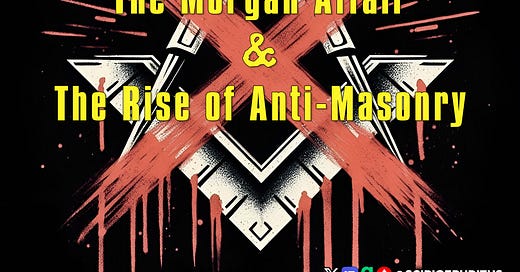



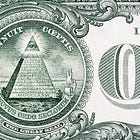
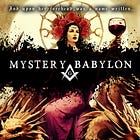
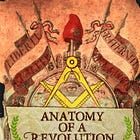
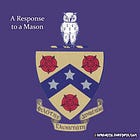
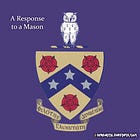
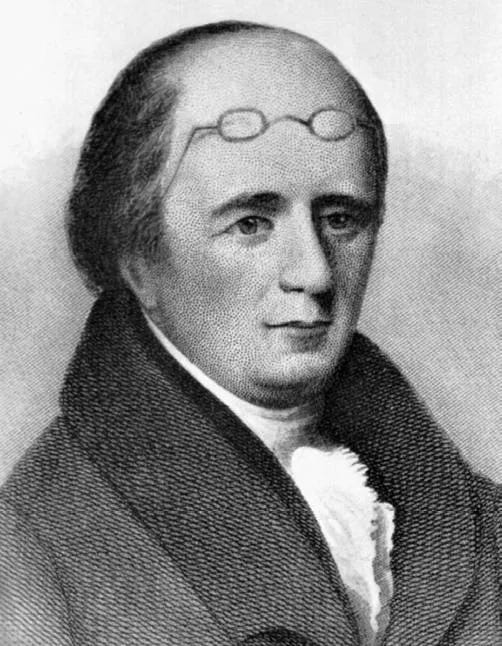
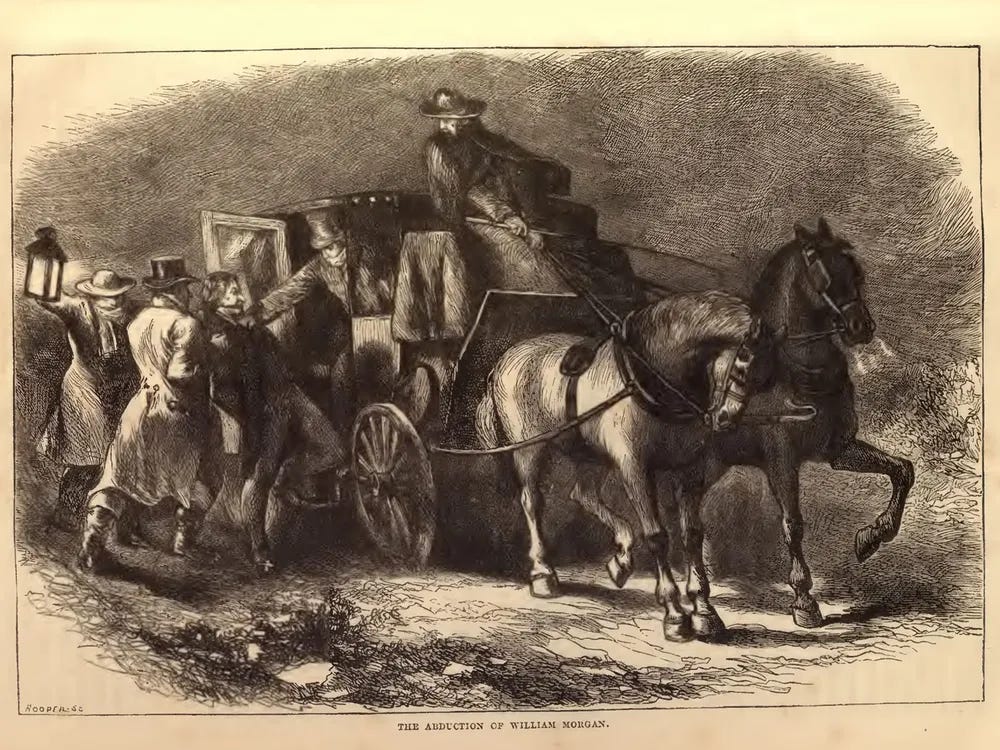
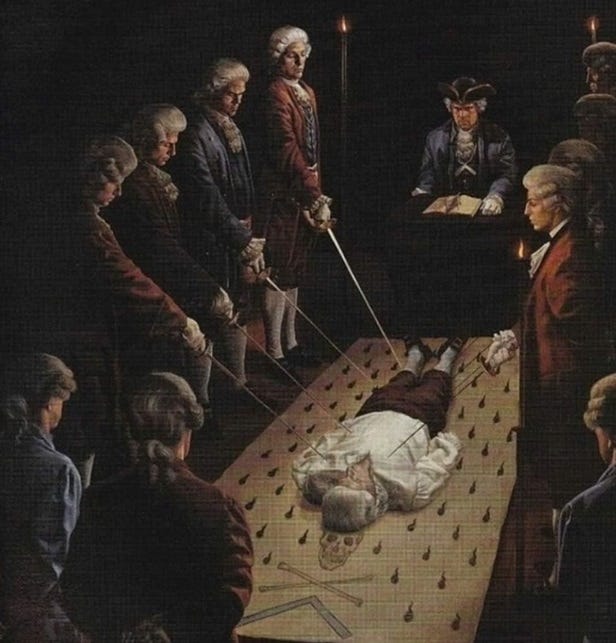

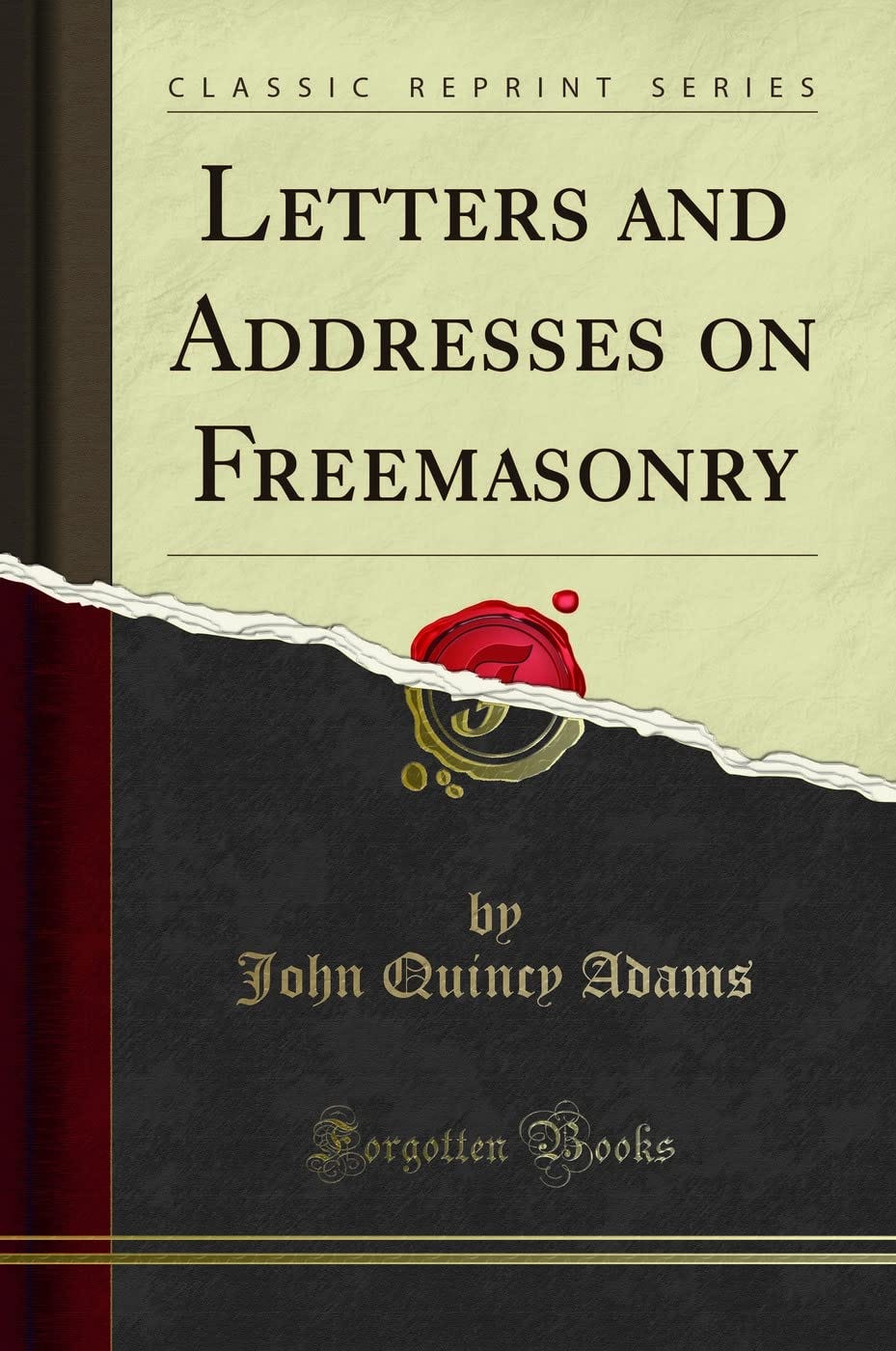
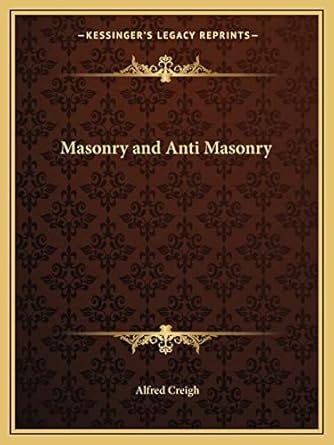
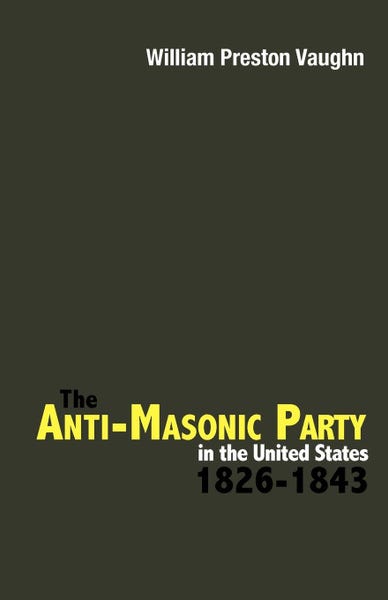
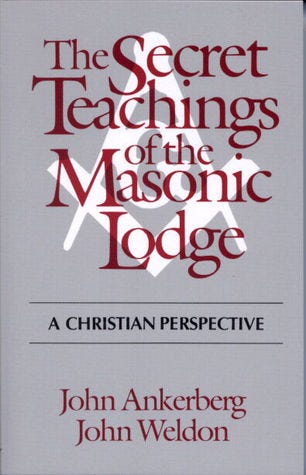
Trump must be a mason. Look no further than the Trump Towers. It’s right there in our faces, complete with the seven towers of Baal, and the upside triangle of groves.
https://youtu.be/m-F3FOkZsog?si=P8jRN-1EwF_SRtGX
Masonry is nothing more than sanctioned sociopathy/psychopathy. Damaged little fruit cakes with their incense and aprons. Really kewl stuff guys, masters of the kraft.